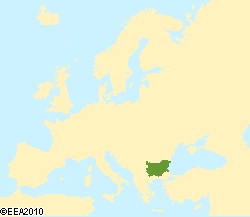Document Actions
Why care?

Soil, a vital part of the ecosystem, is characterised by its versatility. It has productive, buffering, bearing and filtering qualities; it is a resource; a habitat for biological species; an environment for preserving genetic resources; a conserver of human historical and cultural heritage and a means for maintaining the ecological balance of the ecosystem. This environmental component is a finite and practically irreplaceable natural resource, which is why it is necessary to restrict harmful impacts and protect and use it responsibly.
Soils are subject to a number of degradation processes and threats such as erosion, pollution, sealing, reductions in the variety of species and organic substances, salinization, acidification, compaction, flooding and subsidence. A combination of these may lead to climate change, aridity or desertification. Pollution leads to a deterioration in food and drinking water and represents a basic threat to human health. The most widespread forms of soil damage are contamination by heavy metals and diverse forms of degradation such as erosion, acidification and salinization.




